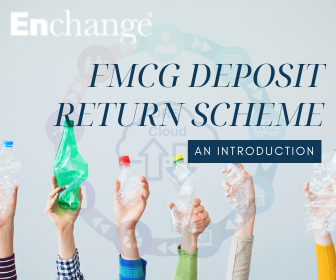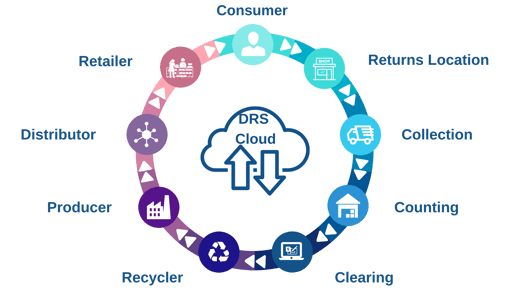A quick internet search revealed 129 examples where the initials DRS are used to describe something or a body or a process. While many are obscure, very obscure, two from the sporting arena and one from IT will be familiar to many readers.
- In motor racing, the drag reduction system (DRS) is a driver-adjustable rear wing which can reduce aerodynamic drag or resistance to allow an increase in speed.
- In cricket, the decision review system (DRS) is a long awaited technological aid to assist umpires with their decision making. On field umpires or the players themselves can request the assistance of the system to consider or re-consider a decision.
- A disaster recovery system (DRS) includes policies, procedures and tools to assist in the recovery of critical business infrastructure following a hard/software crash.
If you are not interested in sport then the DRS in 1 and 2 may mean little to you and can be forgotten. The IT related DRS should not be ignored but it is a business decision you take on risk versus expense - it’s your call.
Then there is DRS 130. DRS number 130 cannot be ignored, forgotten or swept under a carpet if you are an FMCG Producer selling drinks in any form of packaging.
The Deposit Return Scheme (DRS)
 The Deposit Return Scheme is coming to you and your market if you operate in the EU or the recently departed UK. We have gone beyond the debate about whether we need to reduce overall consumption and recycle more packaging to slow down and hopefully reverse the damage being done to nature. The demand for a circular economy has belatedly moved out of the buzzword-box and into reality – your reality.
The Deposit Return Scheme is coming to you and your market if you operate in the EU or the recently departed UK. We have gone beyond the debate about whether we need to reduce overall consumption and recycle more packaging to slow down and hopefully reverse the damage being done to nature. The demand for a circular economy has belatedly moved out of the buzzword-box and into reality – your reality.
The aim of DRS is to increase the amount of single use packaging that is recycled. The proposition is that if consumers pay a deposit for a drink container they are more likely to return it for recycling as they want their deposit back rather than toss the empty pack and their money into a waste bin.
Similar but unregulated DRS schemes have been in place for soft drink/beer glass bottles, plastic crates and kegs for many years but applying similar government driven legislation to all plastic and metal containers really is a game changer for producers of all sizes. Just take a moment to think about that. Every single piece of drinks packaging which you currently wave goodbye to at the factory gate will be your responsibility on which to apply a deposit and effect the return of empties for recycling.
The aim of this article is not to present a detailed way of working but perhaps to direct your awareness to the discussions and negotiations taking place across the continent which will impact your business. If you wish to influence government debates on the legislation then now is the time to do this. Similarly, now is the time for producers to understand what DRS may mean for the business and to start the process of defining your DRS Operating Model.
While final DRS legislation may be consistent across the geography, the ways of working will be dictated by local market conditions and constraints. Below is an example of how your DRS Operating Model could look.

The supply chain and route to market operations are likely to be well established in your business but they will form a relatively small part of your new circular economy for drinks packaging. The new activities will require freshly designed ways of working, policies & procedures plus recruitment and training to establish the circle. An enormous change management challenge.
So, what questions should you be asking now?
- What will the DRS Operating Model look like in my market?
- What DRS Operating Model would my organisation prefer?
- How can I influence the Model before legislation?
- What are the likely or potential DRS scenarios in my market and what is the effect of each on my business?
- Who are the key DRS stakeholders in my market with the most influence to shape the outcome? How does this impact the likely outcome and my position?
- Where could my company develop competitive advantage with DRS?
DRS will come as a shock to many producers but now is the time to start your engagement with internal and external stakeholders.
Read all articles in our Supply Chain and Route to Market blog where you can also subscribe to our updates.







